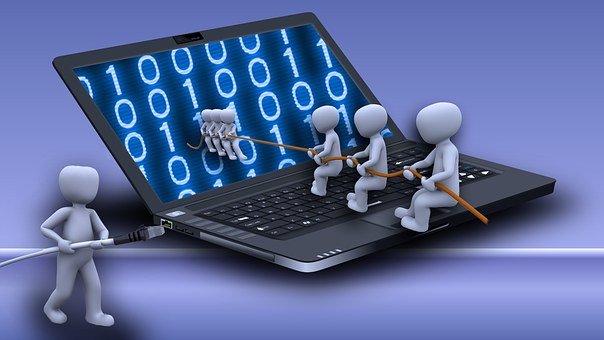The IoT is a network of devices that are connected to the internet, allowing them to share data. This data can be used for a variety of purposes, including monitoring and managing systems, gathering feedback from users, and automating tasks. As the IoT continues to grow in popularity, businesses of all sizes are starting to take notice.
What is IoT?
IoT, or the Internet of Things, is a term used to describe the growing trend of interconnected devices that can communicate with each other. IoT refers to everything from cars to homes, and it’s growing exponentially all over the world.
One of the main benefits of IoT is that it can help us improve our lives in many ways. For example, IoT technologies can be used to create more efficient systems, monitor environmental conditions, and provide smarter transportation options. In addition, IoT can help businesses improve their efficiency and productivity.
IoT is still in its early stages, but it’s already having a major impact on our lives. If you’re interested in learning more about IoT, be sure to check out some of the resources below!
What are the benefits of IoT?
The Internet of Things (IoT) is a network of devices that are interconnected to enable data sharing and communication. The benefits of IoT include increased efficiency and productivity, decreased costs, and improved security. IoT can help businesses automate processes, optimize operations, and improve safety. Additionally, it can provide insights into customer behavior that can be used to improve marketing strategies.
How does IoT work?
The internet of things (IoT) is a network of interconnected devices that use sensors and communications technology to exchange data. IoT allows devices to communicate with each other to collect and share information, making them “smart”. This means they can sense and respond to their surroundings, making them more efficient and useful.
In the early days of IoT, most devices were connected to the internet through traditional networks like Wi-Fi. But as IoT has grown more complex, it has become necessary to develop new ways of connecting devices. One way is through mesh networks, which allow for devices to connect without using any centralized infrastructure. This makes mesh networks particularly suited for large-scale deployments where maintaining a stable connection is crucial.
Another way of connecting devices is through cloud-based services. These services provide a platform on which devices can interact with each other and with the outside world. They also allow for devices to be managed remotely, making them easier to deploy and update.
IoT has many applications beyond simply being smart home appliances. For example, it can be used in industrial settings to monitor equipment or in transportation systems to track the location of vehicles or cargo. Moreover, IoT can be used
Examples of IoT applications
The Internet of Things is a rapidly growing field that provides opportunities to connect devices and systems together to create smart networks. There are many possible applications for IoT, including smart homes, cars, factories, and hospitals. In this blog post, we’ll explore some examples of how IoT can be used in everyday life.
One example of how IoT can be used in everyday life is the home security system. A home security system can include cameras and sensors to monitor the environment around the house. If there is ever a problem, the system can send alerts or take action automatically.
Another example of how IoT can be used in everyday life is the car. Cars are becoming increasingly electronic, and there are many different types of sensors that are being added to them. These sensors can measure things like speed, temperature, and pressure. They can also be used to control features like the headlights and windows. This information is collected by the car’s own computer system and sent to nearby servers for analysis. This information can then be used to make decisions about how to drive safely.
In factories, IoT applications can be used to monitor important processes. For example, a factory might use sensors to detect when a machine
Conclusion
The internet of things (IoT) is a future where every object has the ability to connect with other objects and devices. This interconnected world will allow us to monitor our environment and our health in unprecedented ways, which is why it’s so important that we understand how IoT works and what implications it will have for businesses and individuals. In this article, I’ve discussed some of the basics of IoT, outlined its potential benefits for businesses, and provided some tips on how to start building your own IoT solutions. If you want to learn more about the future of IoT, read on!


